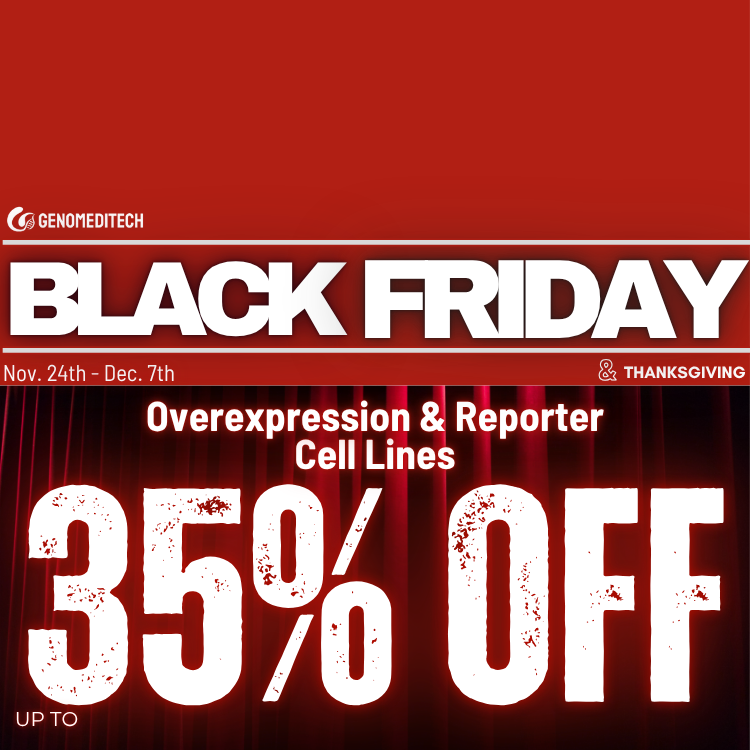The IL-13 gene consists of 4 exons and 3 introns, encoding a protein composed of 132 amino acids. IL-13 primarily acts on non-hematopoietic cells, such as epithelial cells and fibroblasts, playing a significant role in allergic diseases and fibrosis. Its key functions include mediating allergic reactions, tissue remodeling and fibrosis, and anti-parasitic immunity. IL-13 exerts its effects by binding to a receptor complex formed by IL-13Rα1 and IL-4Rα, which activates the JAK-STAT signaling pathway. This activation leads to the phosphorylation of STAT6, regulating gene expression. Additionally, IL-13 can also interact with IL-13Rα2, which is considered a "decoy receptor" that negatively regulates IL-13 signaling.
IL-4 and IL-13 are highly related in terms of gene location, structure, and function. Both cytokines often activate the same signaling pathways (e.g., JAK-STAT6) through shared receptor complexes (IL-4Rα and IL-13Rα1). IL-4 signals through the IL-4Rα/γc receptor complex, while IL-13 signals through the IL-4Rα/IL-13Rα1 receptor complex. IL-4 and IL-13 are key mediators in allergic diseases such as asthma and atopic dermatitis. Drugs that block the IL-4 and IL-13 signaling pathways (e.g., Dupilumab, an IL-4Rα antibody) have been approved for the treatment of asthma and atopic dermatitis.
Genomeditech provides functional cell lines, overexpression cell lines, proteins, and antibodies related to IL-4, IL-13, and other targets. These resources support the activity validation of related drugs, helping researchers better evaluate and optimize drug development and advancing their application in immunotherapy.
















